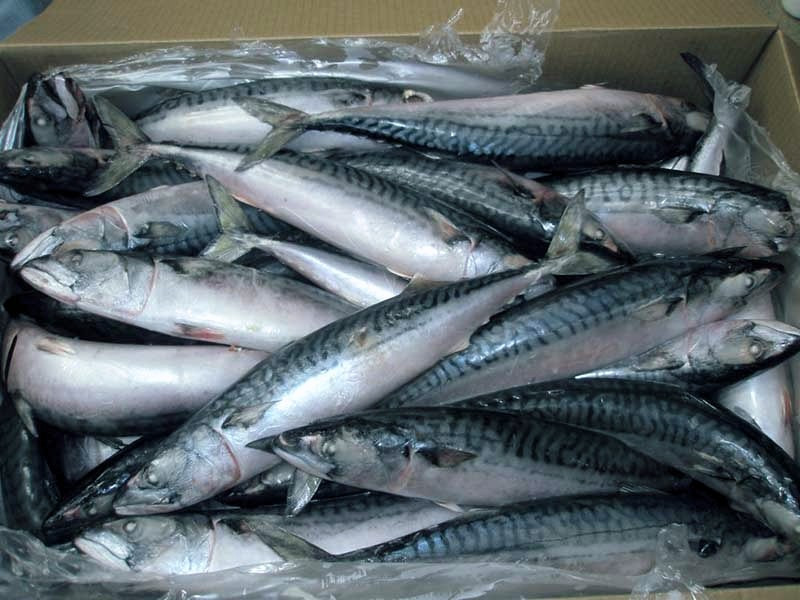
Zimbabwe, a landlocked country in Southern Africa, is facing an acute fish shortage, with an annual deficit of 41,600 tonnes of fish, according to the Food Federation and Allied Workers Union of Zimbabwe (FFAWUZ). This deficit has forced the country to rely on imports to meet the demand for fish, a popular delicacy in Zimbabwe.
At the Seafood Workers Division Conference held in Iceland, FFAWUZ Secretary General, Runesu Dzimiri, revealed that Zimbabwe’s fish output averages 18,400 tonnes per year, while the annual demand stands at 60,000 tonnes. This significant gap in supply and demand has resulted in a heavy reliance on imports, with Zimbabwe importing meat, fish, and seafood preparations worth US$2.62 million in 2021, according to the United Nations COMTRADE database on international trade.
Lake Harvest, the biggest fish processing company in Zimbabwe, was established in 1997 with the aim of producing high-quality tilapia for the European and Southern African markets. While fillets from the factory are exported mainly to European markets, the whole bream and by-products are sold in Zimbabwe and regional markets. However, as Dzimiri pointed out, the unsold by-products are used as animal feed for crocodiles, indicating the need for increased productivity and market opportunities for fish in Zimbabwe.
Sustainable aquaculture production is seen as a potential solution to address the fish shortage in Zimbabwe. According to a report published in the Nature Food Journal, aquaculture production in sub-Saharan Africa (SSA) has been growing at an average annual rate of 11%, with some countries experiencing growth rates of 12-23% per year. As such, Dzimiri called for investments into the sector to create more jobs and promote a healthier environment for the workforce, including partnerships with Small to Medium Enterprises (SMEs) that are emerging in the fish industry.
In contrast, neighboring Kenya has been taking steps to boost its fisheries production and sustain aquaculture growth. Fish farmers in Kisumu, a city in western Kenya, have received improved fingerlings breeds and fish feeds worth Ksh 3 million (Kenyan Shilling) as part of the government’s interventions to promote cage fish farming and land-based aquaculture in the region. Professor Nyong’o, the Governor of Kisumu, emphasized that his administration has prioritized measures such as the construction and rehabilitation of fishponds and capacity building in modern aquaculture to revitalize the sub-sector.
The aquaculture sector in sub-Saharan Africa has immense potential to create jobs, particularly for youth employment, and contribute to food security in the region. However, stronger government leadership and collaboration among various stakeholders are essential to realize this potential. With strategic investments, increased productivity, and improved market opportunities, countries like Zimbabwe can address the acute fish shortage and reduce their dependence on imports. The efforts by Kenya to boost fisheries production through interventions and partnerships serve as an example of proactive measures to sustain aquaculture growth in the region.


















